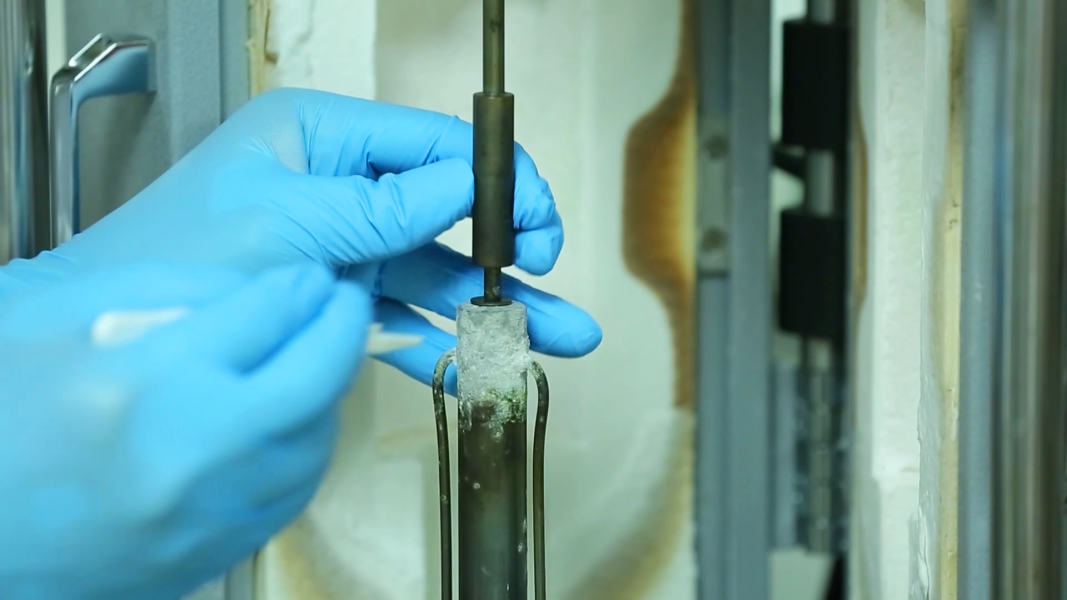Fuel cells for stationary and on-demand applications must be high-performing under practical conditions. Protonic ceramic fuel cells (PCFCs) are attractive alternatives to solid oxide fuel cells, which require a high operating temperature.
In an article in Advanced Energy Materials, Dr. Ji-Won Son from Korea Institute of Science and Technology (KIST), Prof. Joon Hyung Shim from Korea University, and their co-workers prepare yttrium-doped barium cerate-zirconate (BCZY) as a thin-film, next-generation electrolyte material for PCFCs.
Dr. Kiho Bae: “The key of this study is to make the electrolyte membrane very thin, less than 1 μm, which is just 1/20th of the thickness of hair. We propose to stack multiscale, porous layers as a support and then deposit a thin electrolyte membrane on the surface.”
Prof. Joon Hyung Shim: “Use of proton ceramics can lower the resistance more than 100 times at the intermediate temperature regimes, and the operation temperature—usually above 800 °C—can be significantly reduced, down to 600 or less.”
Dr. Ji-Won Son: “We expect that this technology can be applied to next-generation stationary power sources for buildings and houses. And this may dramatically diversify applications of ceramic fuel cells to much smaller power sources, such as for on-demand vehicles like drones and robots, range extenders for cars, and so on.”
To find out more about this protonic ceramic fuel cell, please visit the Advanced Energy Materials homepage.

















